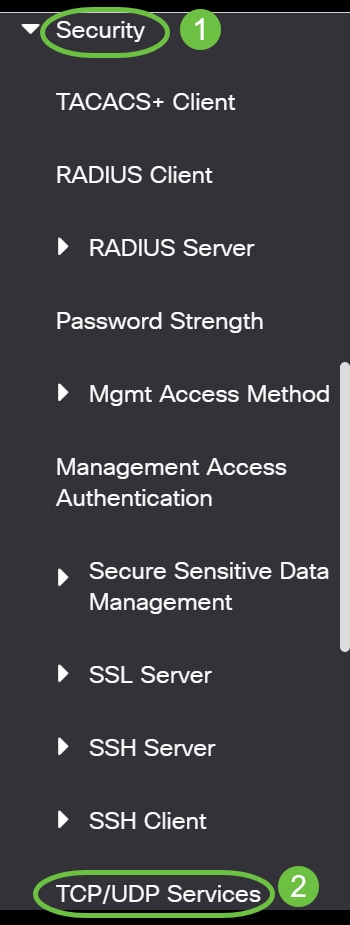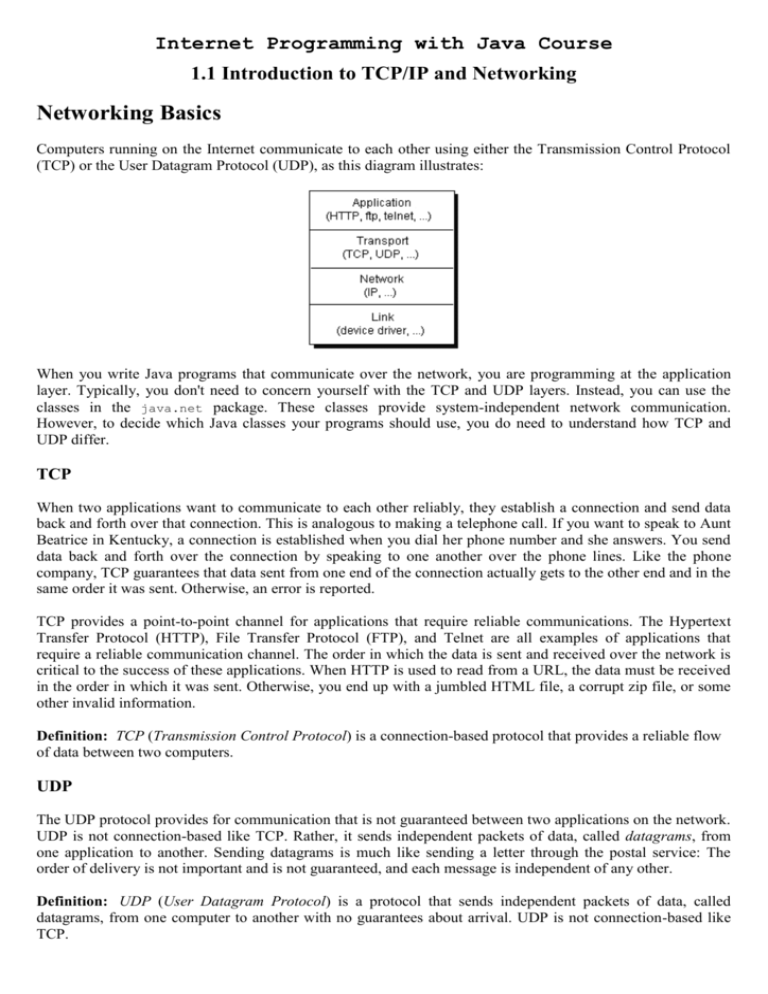

In other words, TCP performs only part of the functions necessary to deliver the data between applications. TCP relies on IP for end-to-end delivery of the data, including routing issues. Regardless of which of these two TCP/IP transport layer protocols the application chooses to use, you should understand the basics of how each of these transport layer protocols works.TCP, as defined in RFC 793, accomplishes the functions listed in Table 5-2 through mechanisms at the endpoint computers. UDP does not perform error recovery, but it takes less bandwidth and uses fewer processing cycles. For example, TCP provides error recovery, but to do so, it consumes more bandwidth and uses more processing cycles. Next, this section describes the features of TCP, followed by a brief comparison to UDP.Transmission Control ProtocolEach TCP/IP application typically chooses to use either TCP or UDP based on the applications requirements.

Note that only the first item listed in the table is supported by UDP, whereas all items in the table are supported by TCP. So, UDP also has an important place in TCP/IP networks today.Table 5-2 lists the main features supported by TCP and/or UDP. Also, some applications, notably today Voice over IP (VoIP) and video over IP, do not need error recovery, so they use UDP.
#How to use telnet to listen to udp messages software
UDP software does not slow down data transfer in cases where TCP can purposefully slow down. By providing fewer services, UDP needs fewer bytes in its header compared to TCP, resulting in fewer bytes of overhead in the network. As a result, many application protocols choose to use TCP.However, do not let UDPs lack of services make you think that UDP is worse than TCP. TCP provides retransmission (error recovery) and helps to avoid congestion (flow control), whereas UDP does not. As you have read already, most data link protocols notice errors (a process called error detection) but then discard frames that have errors.

For example, routers discard packets for many reasons, including bit errors, congestion, and instances in which no correct routes are known. But as usual, when referring to the TCP/IP model, the layer name and number are based on OSI, so any TCP/IP transport layer protocols are considered Layer 4 protocols.The key difference between TCP and UDP is that TCP provides a wide variety of services to applications, whereas UDP does not. Note that both the OSI model and the TCP/IP model call this layer the transport layer. Likewise, the TCP/IP transport layer protocols also implement these same types of features. TCP/IP Layer 4 Protocols: TCP and UDPThe OSI transport layer (Layer 4) defines several functions, the most important of which are error recovery and flow control.


 0 kommentar(er)
0 kommentar(er)
